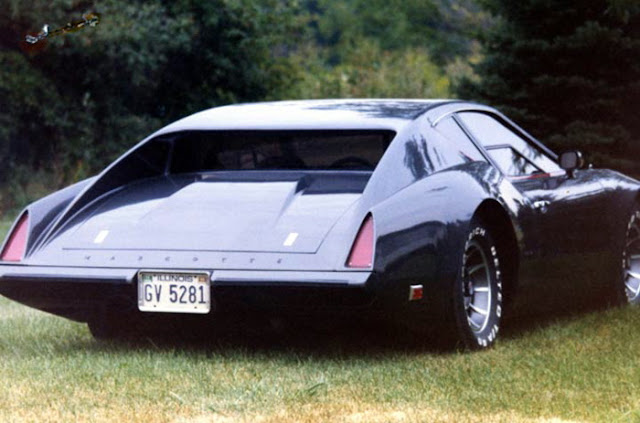 |
Rochdale Olympic - Phase 2
|
The Rochdale story begins with two partners, Frank Butterworth and Harry Smith, who founded the company in an old mill building at Hudson Street in Rochdale, Lancashire. What started as a repair business grew into a concern that built Alloy bodies to fit the Austin 7 chassis. With the advent of Fiberglass as a material for automotive body construction, the pair were able to grow the companies offerings into a range of bodyshells, produced to fit any chassis.
The Olympic was a handsome coupe made in the North of England from 1960 until 1973, by Rochdale Motor Panels. Its name and launch year commemorated the infamous sporting event, which was to be held in Rome that year to great fanfare.
 |
| Rochdale Olympic Phase 2 kit contents |
The sporty coupe came as the result of the collaboration between Rochdale and engineer Richard Parker, who had been an RMP customer. While he was waiting to take up a postgraduate apprenticeship at the Bristol Aircraft Company, he was asked to join the company. His work culminated in the pioneering Fiberglass monocoque chassis created for the Olympic. To date, only a handful of cars had attempted this method of construction, notably the Lotus Elite.
The car was available in many configurations from just a Bodyshell to a complete kit for around £735 or fully built for £930 and between 350 and 400 were made.
 |
Rochdale Olympic - Phase 1, denoted by its lack of rear hatch among other things
|
The body featured a streamlined shape, recalling cars such as the Porsche 356 and ABARTH FIAT's. It was a 2+2, but the rear seating could best be described as "provisional". The "Phase 1" was designed around Morris Minor 1000 running gear with the 948cc BMC A-series engine, independent front suspension, and a live rear axle suspended by coil springs. Other engines could be fitted including the Riley 1.5, MGA, and Ford 109E.
The engine and front suspension were mounted on a tubular steel subframe bonded to the body shell and rollover protection was provided by a steel roll-bar, around the windscreen. The Olympic was enthusiastically received by the motoring press and delivered a respectable 100mph top speed and 0-60mph in roughly 11 seconds when fitted with the Riley 1.5 engine. The car was also made for export, being offered in left and right-hand drive.
 |
| Rochdale Olympic - Phase 2 interior |
14 "Phase 1" Olympics were built before a fire ravaged the Rochdale factory on the 21st Feb 1961, destroying the molds and the factory. While tragic, this event did offer a chance to move to a factory in Littledale Street and make a new mold from 1 of the 3 Olympic bodyshells saved from the fire and around a further 236 “Phase I" Olympic were made in the new factory.
In 1963 a new model was introduced this was the "Phase 2". (The "Phase 1" continued in production) The new car settled on the 1.5 liter Ford 116E, which significantly improved performance, as well as an upgraded wishbone front suspension from the Triumph Spitfire, with disc brakes on the front wheels. Other improvements included the addition of a rear hatch, in the style of a Jag E-Type, and additional creature comforts.
 |
| Rochdale Olympic - Phase 2 mild custom with Ford ZETEC power |
In all, around 150 more Olympics were made in the new guise, with the last being pulled from the Molds in 1973. However, the car enjoys a very supportive Owners Club and many examples are still on the road to this day.
Sources:
 |
| Rochdale Olympic - Phase 2 mild custom with Ford ZETEC power |
 |
| Rochdale Olympic - Phase 2 |
 |
| Rochdale Olympic - Phase 1 |
 |
| Rochdale Olympic - Phase 1 |
 |
| Rochdale Olympic - Phase 2 mild custom with Ford ZETEC power |
 |
| Rochdale Olympic - Phase 2 |
 |
| Rochdale Olympic - Phase 2 |
 |
| Rochdale Olympic - Phase 1 |
 |
| Rochdale Olympic - Phase 2 mild custom |
 |
| Rochdale Olympic - Phase 2 custom wide-body |
 |
| Rochdale Olympic - Badge |




















Comments
Post a Comment